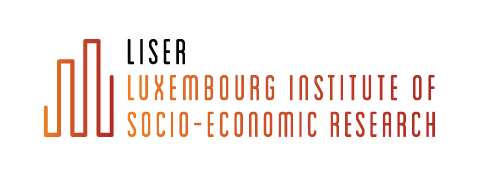Détails du projet
Description
This project aims to examine the potential impact of increased levels of telework-ing on urban structures with a focus on European cities. A continuous definitionis used to determine a city's extent which moves away from the current functionalurban area definition which incorporates density and commuting. A monocentricapproach to urban structure is used with housing and transport costs calculatedas a function of distance to the central business district. This requires profiles ofhousing and transport costs for each city. A scenario analysis is undertaken toexamine the impacts of increased teleworking on commuting and housing costs.Assess residential choice and the impact of teleworking on the attractiveness ofcity centre locations. This project will disentangle some of the potential long-termconsequences of the COVID-19 pandemic.
Layman's description
The pandemic has changed our attitude towards teleworking (working from home). Many workers and employers are now in favour of teleworking post-pandemic. This will have consequences for how cities organise themselves. Teleworking decreases commuting costs as workers no longer commute five days per week. Less commuting costs results in more money available for housing or other goods. Falling transport costs make suburban and periphery locations more attractive with cheaper, larger housing on offer. The movement of residence from the city centre to the suburbs will decrease population density in the centre causing greater levels of urban sprawl. As cities become less compact and more spread out, this challenges the sustainability of cities. This project examines the impact of more teleworking on house prices, commuting costs and population density for over 400 European cities. The analysis will examine within each city, enabling us to estimate how teleworking is affecting the city centre, suburbs and periphery of each city. We also challenge how we define cities in Europe. Current definitions use commuting thresholds to estimate a city’s limit. With less commuting, these definitions no longer seem relevant. Several important research questions are addressed in this project. How is residential choice and commuting distance affected by teleworking? Will house prices decrease in the centre and increase in the periphery? Will teleworking have a different impact on population density in smaller or larger cities? To address these questions, this project will examine cities using a monocentric approach from city science and urban analytics, GIS methods, web-scraping techniques, hedonic models and data simulations. Commuting costs and house prices are used as tools to estimate the change in population density when people telework more. Different scenarios are analysed. These reflect the teleworking potential of the city, share of jobs in retail, professional services etc. Using a large number of cities provide results which are generalisable and relevant to the majority of European cities. From our results, we can say with a greater level of certainty what the impact of teleworking on density is for European cities. One of the major outputs from the project will be a dashboard that will disseminate the results, research and data to both an expert and non-expert audience supporting open-source reproducible research.
| L'acronyme | TELE-SIM |
|---|---|
| statut | En cours d'exécution |
| Les dates de début/date réelle | 1/09/22 → 31/08/25 |
Financement
- Fonds National de la Recherche

- Luxembourg Institute of Socio-Economic Research LISER
